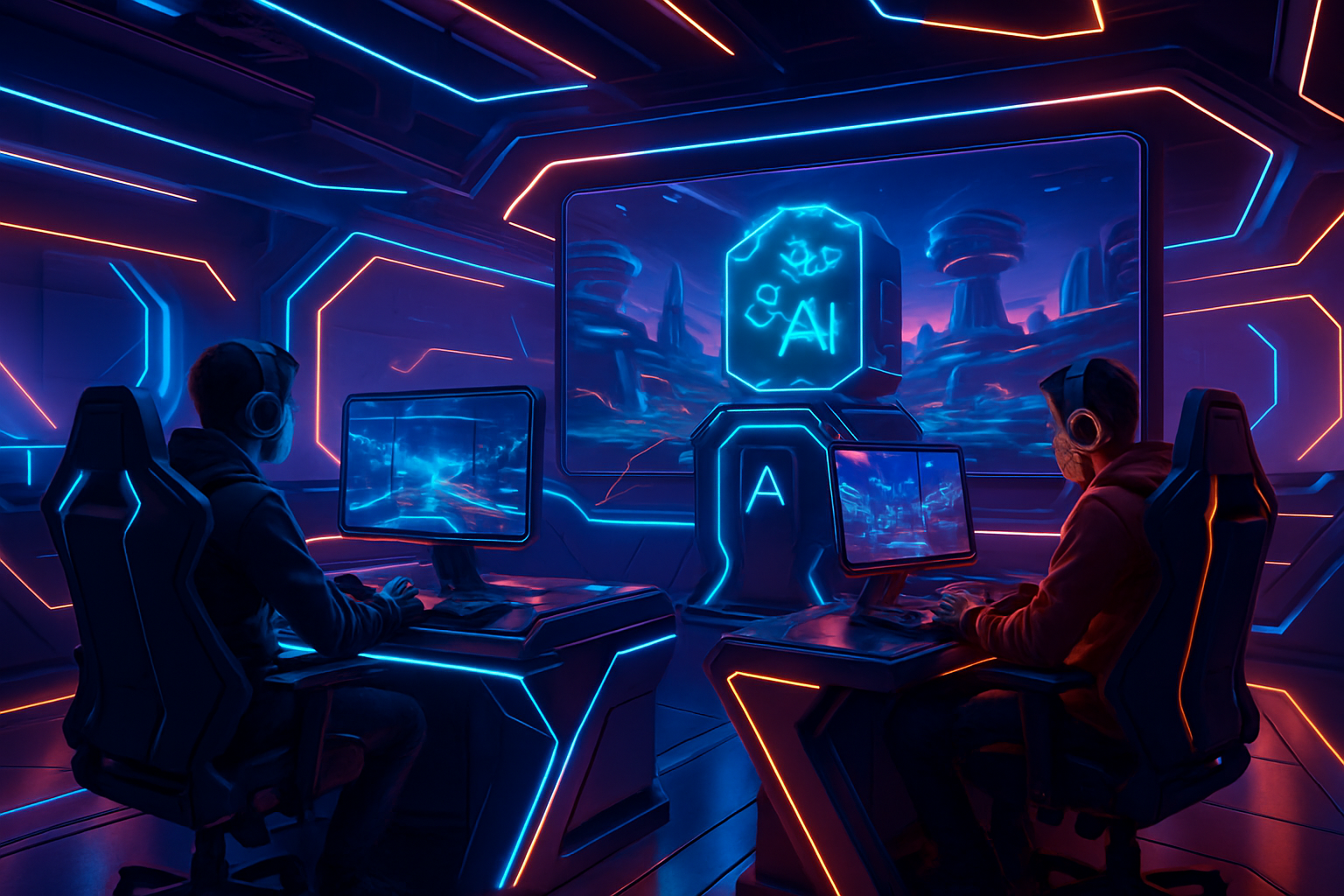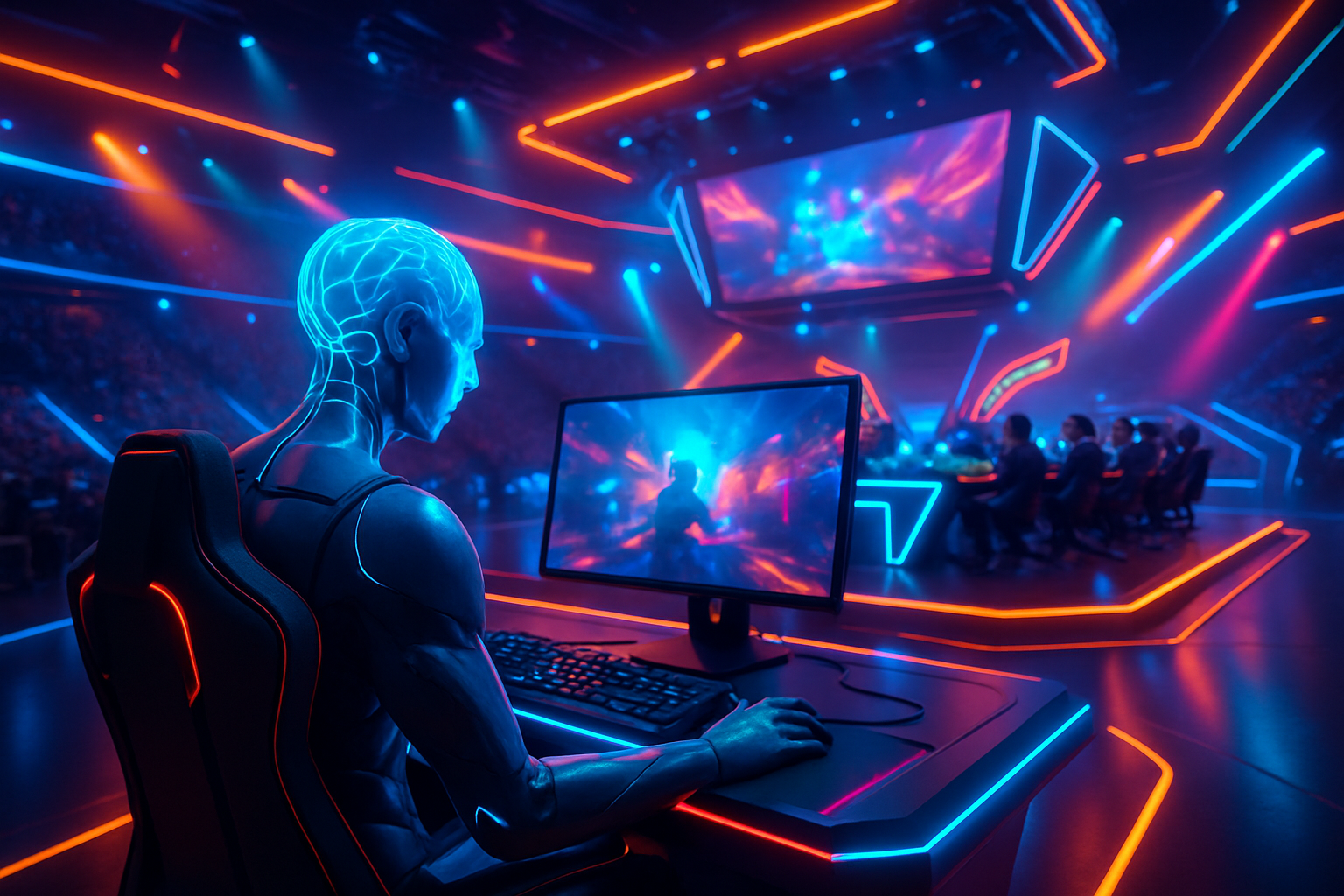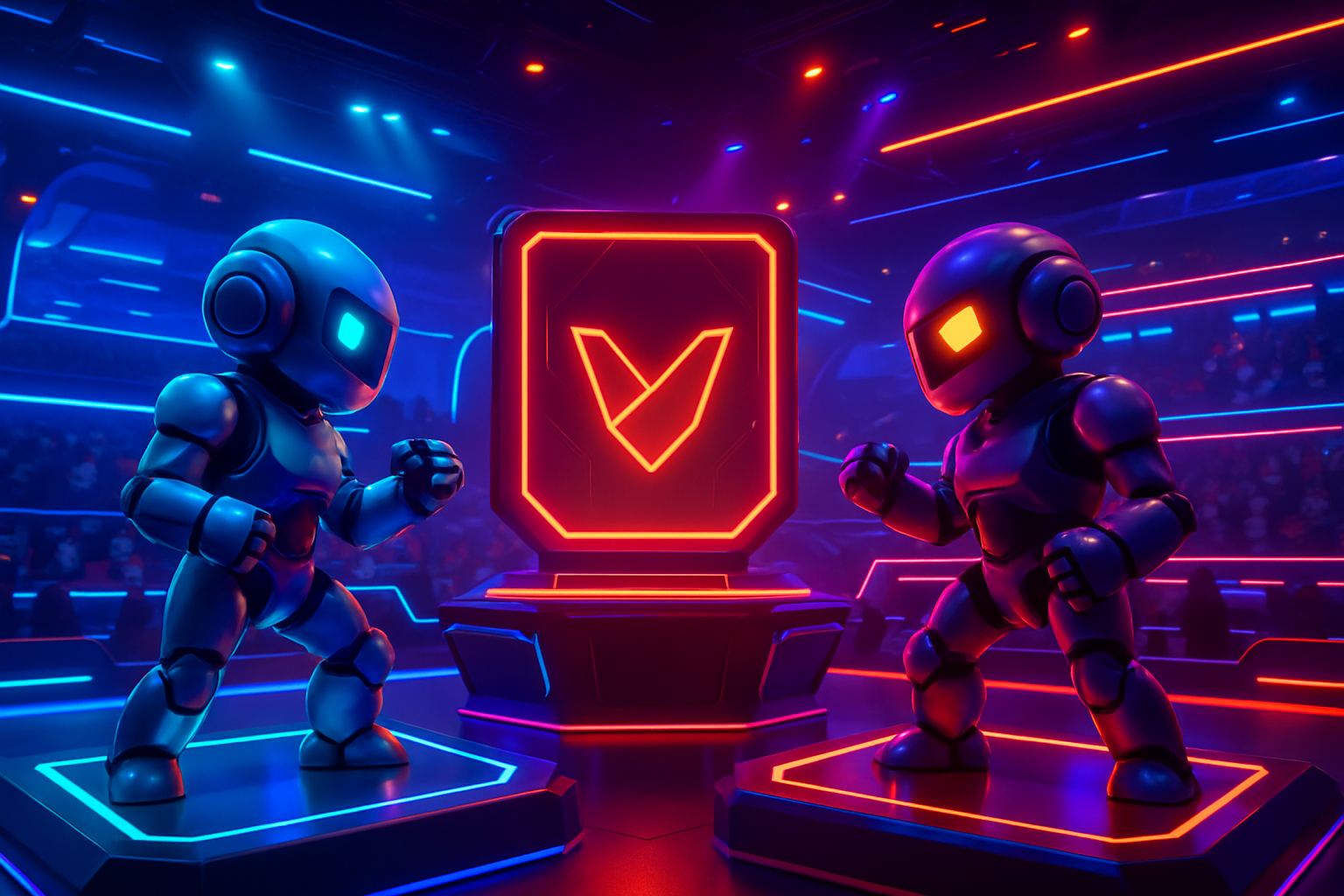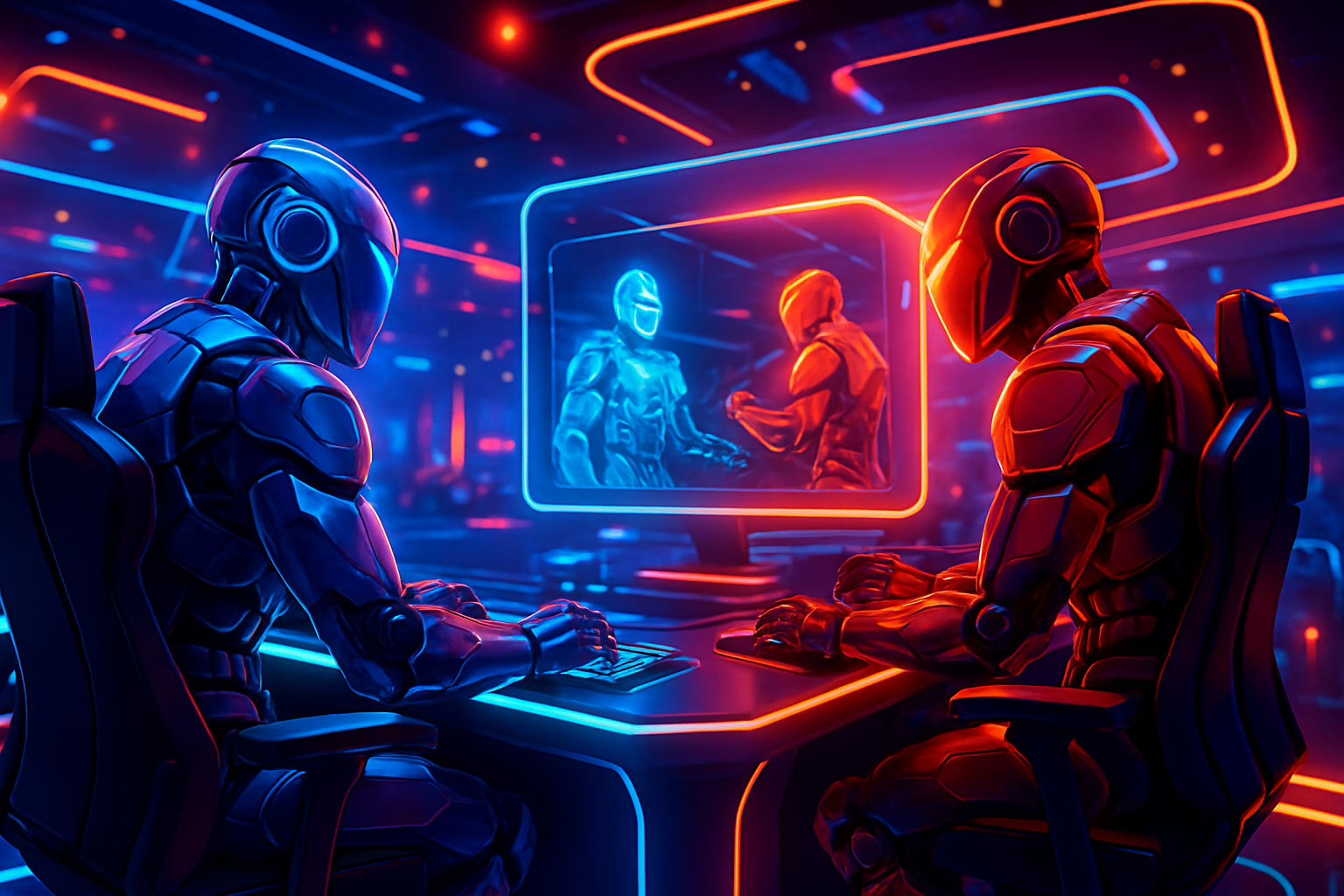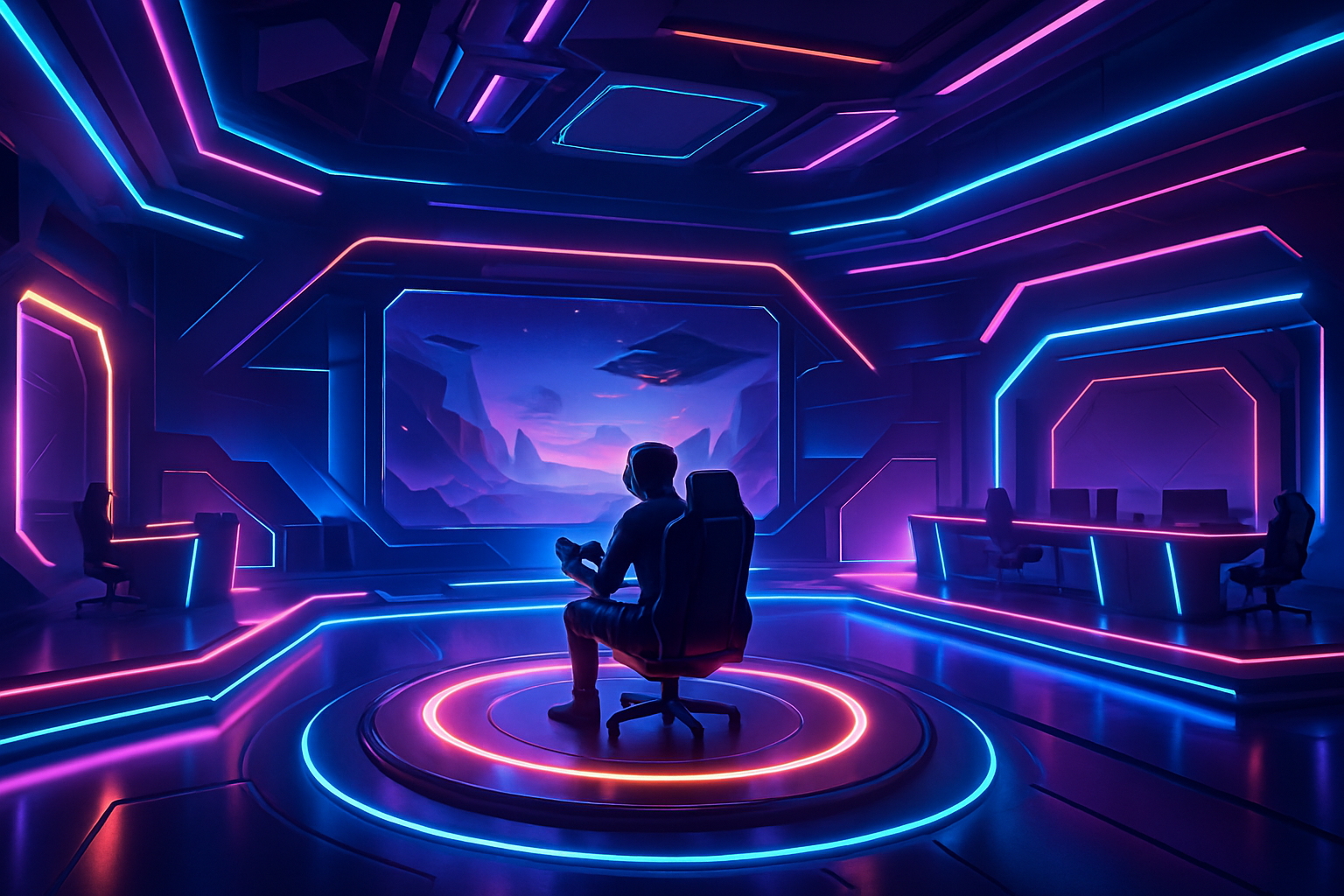
Agentic AI is obliterating the old barriers in game development, making the dream of zero-code game creation a reality. Forget the days of slogging through endless lines of code or wrangling with complex engines. Today’s agentic AI platforms let creators leap from concept to playable prototype with nothing but a prompt and their imagination. This isn’t just hype – it’s a seismic shift that’s democratizing game design for everyone, from indie visionaries to non-technical storytellers.

Agentic AI Game Development: The New Wave
The rise of Agentic AI game development is all about giving power back to creators. Platforms like Upheaval Games’ Dreamer Portal are leading the charge, letting users generate fully animated 3D characters, worlds, and even core mechanics using natural language prompts or voice commands. According to Forbes, this approach is slashing development time and costs while opening doors for a wave of fresh talent previously locked out by technical hurdles.
The numbers don’t lie: A recent Google Cloud and Harris Poll survey found that 87% of developers are already harnessing AI agents in their workflow, with over a third using them for creative tasks like level design and dialogue writing (PC Gamer). The result? More time spent on innovation, less on grunt work.
No-Code Tools: From Bubble to InfinityG AI
The explosion of no-code platforms means anyone can now build an interactive experience without ever touching code. Tools like Bubble and Landbot are gaining traction as true drag-and-drop solutions for building AI agents. But the real action is happening in next-gen agentic IDEs – think InfinityG AI’s inspiration-driven builder or WindSurf’s prototype engine – where you’re just one step away from idea to execution.
Top 5 No-Code AI Agent Builders for 2025
-

Dreamer Portal by Upheaval Games: Generate fully animated 3D characters, worlds, and game mechanics using simple text or voice prompts. Unmatched for zero-code 3D game creation.Pros: Intuitive interface, rapid prototyping, rich asset generation.Cons: Limited advanced customization for expert developers.Unique Feature: End-to-end game creation with natural language input.
-
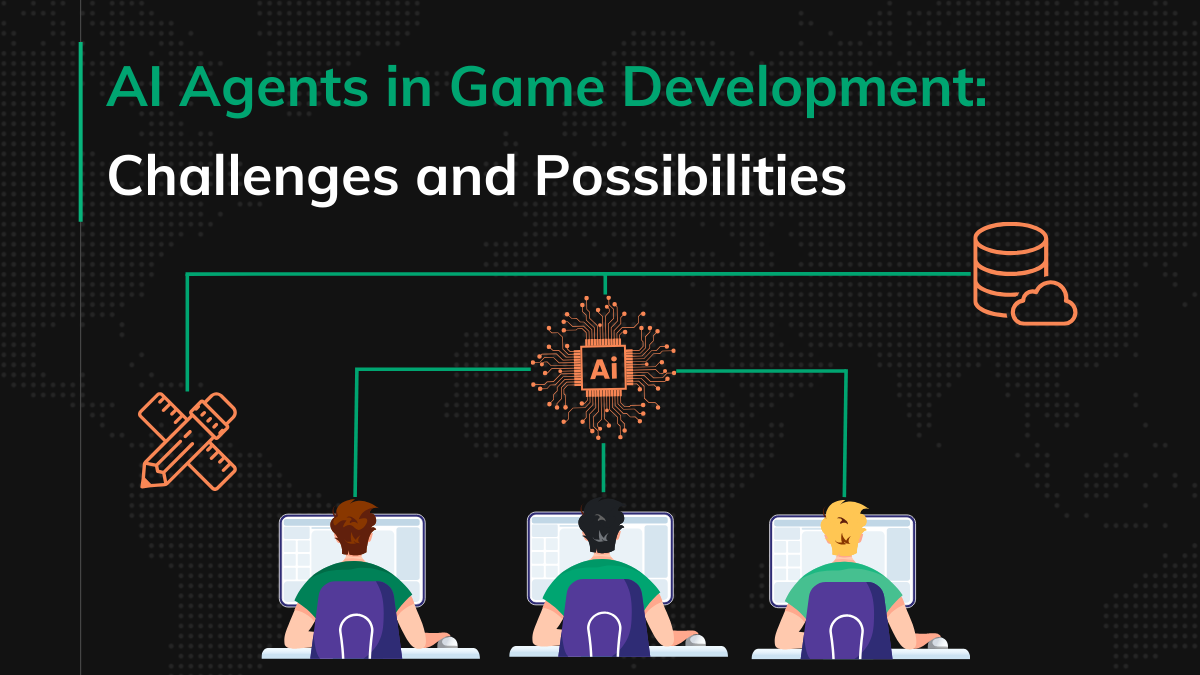
AgentG: AI-driven platform focused on code-free game development with built-in tools for designing mechanics, assets, and agent behaviors.Pros: Streamlined workflow, visual asset generation, collaborative features.Cons: Still expanding third-party integrations.Unique Feature: One-click deployment of AI-powered game agents.
-
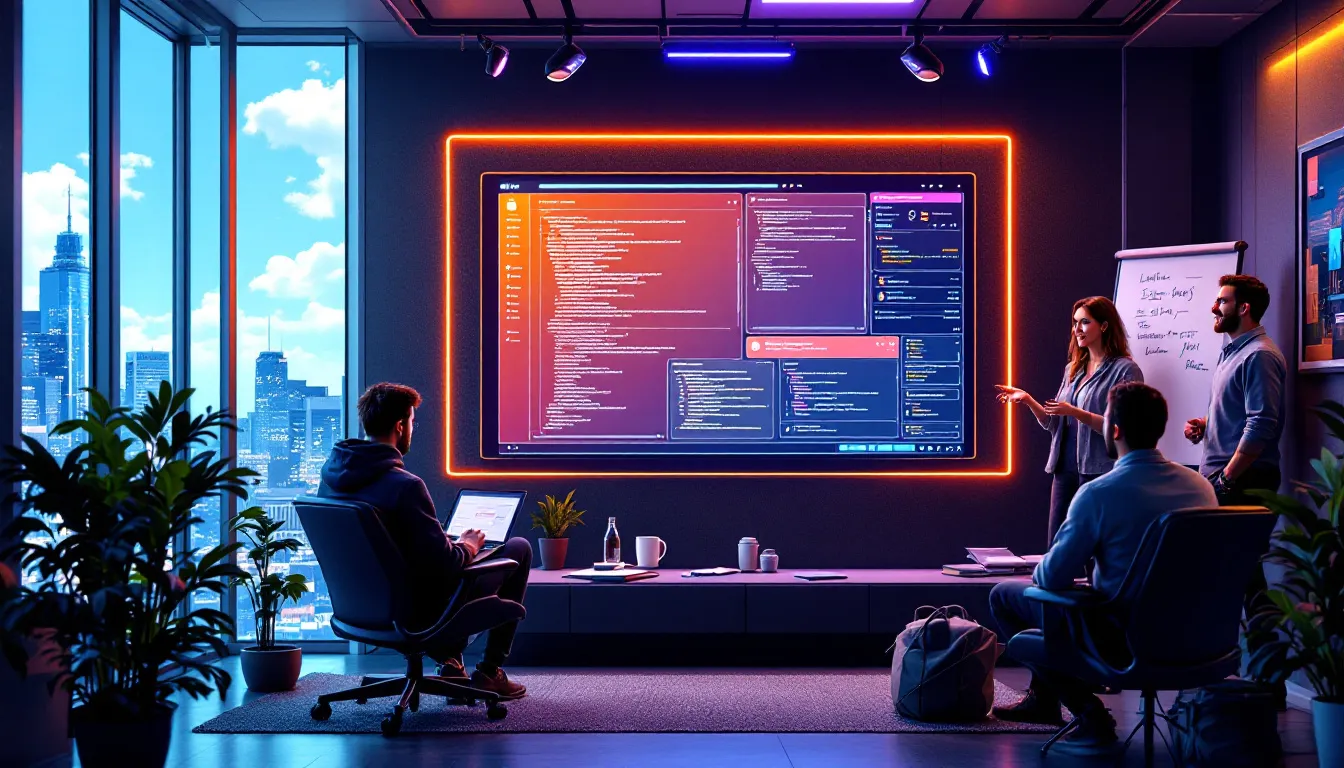
Bubble: Popular no-code platform now supporting AI agent integration for interactive web and game experiences.Pros: Extensive plugin ecosystem, strong community support.Cons: Performance can vary with complex projects.Unique Feature: Drag-and-drop interface with AI workflow automation.
-
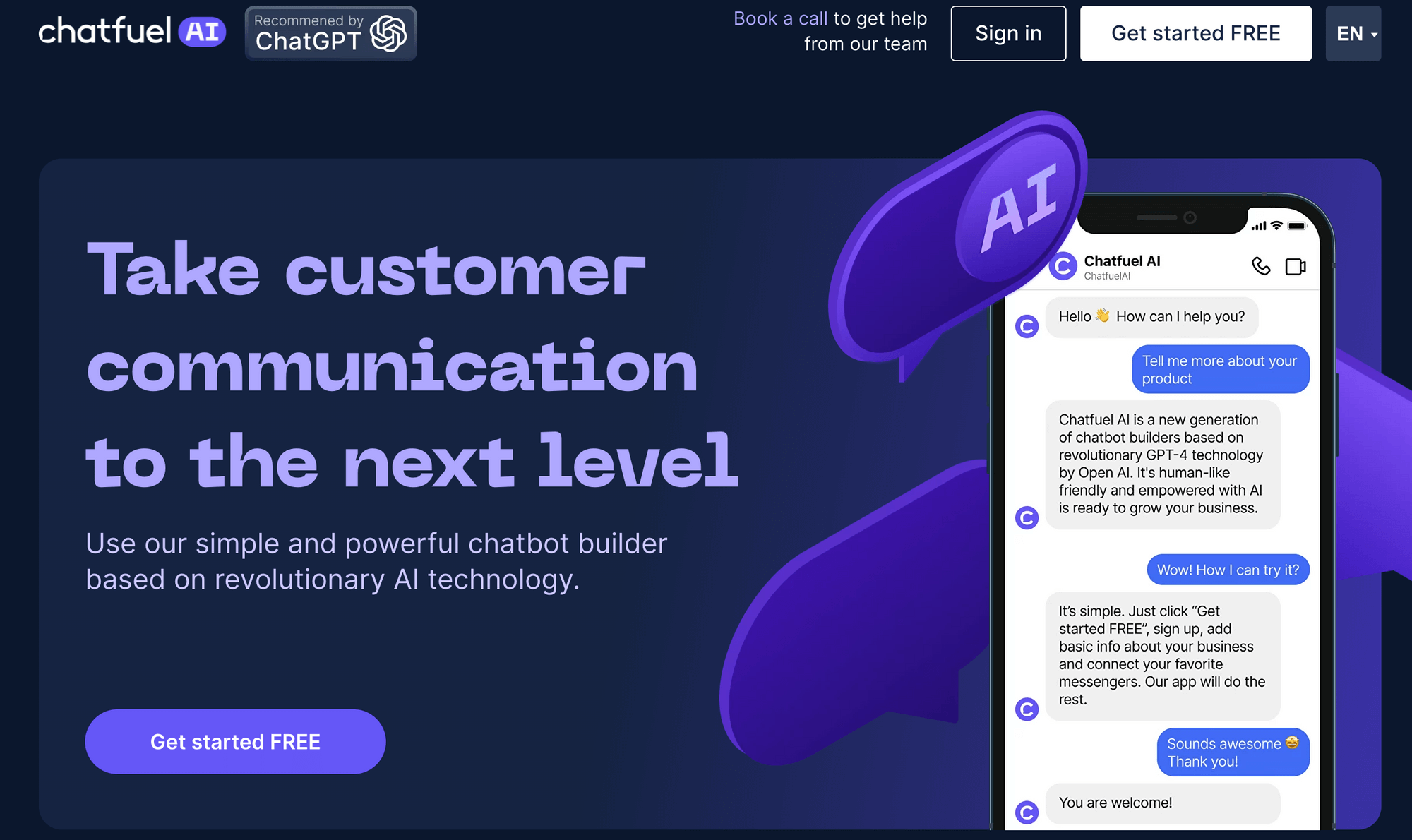
Landbot: Conversational AI builder enabling creation of game agents, NPCs, and interactive dialogues without coding.Pros: Easy chatbot and NPC design, strong analytics.Cons: Primarily 2D and text-based interactions.Unique Feature: Visual flow editor for branching game conversations.
-
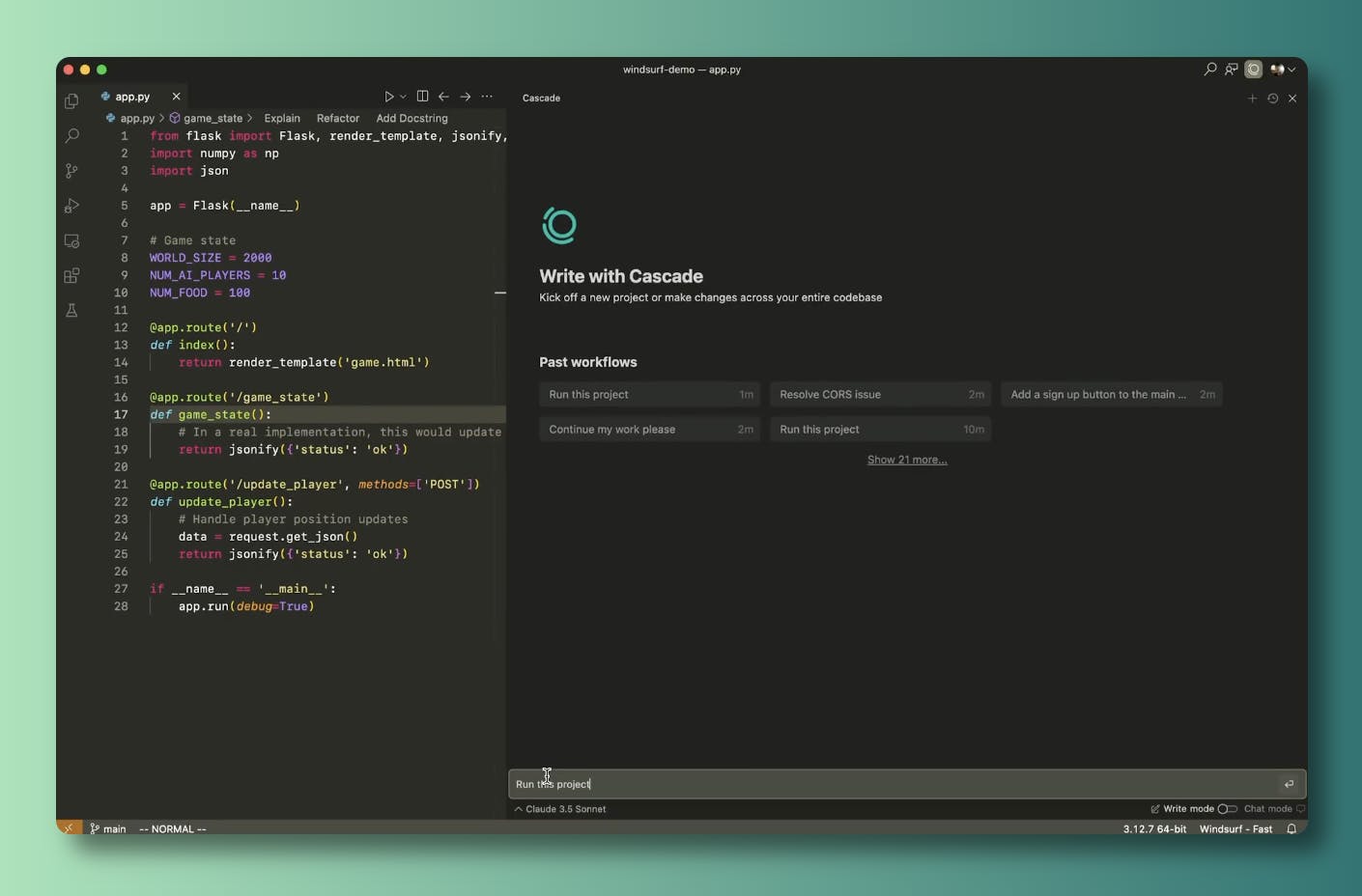
WindSurf: Agent-driven prototyping system for fast, no-code creation of interactive game prototypes and agent behaviors.Pros: Rapid iteration, supports multiple game genres.Cons: Limited export options for finished games.Unique Feature: Inspiration-driven agent design based on user prompts.
These platforms aren’t just automating basic tasks; they’re reimagining what “development” even means. Want an NPC that adapts its strategy based on player behavior? Or a dynamic quest generator that writes itself? With tools like AgentG and Anthropic’s Claude Code assistant, those features are now accessible to anyone willing to experiment.
AI-Powered Game IDEs: Inspiration at Warp Speed
The new breed of AI-powered game IDEs is all about speed and flexibility. Cursor’s “YOLO Mode, ” for example, lets creators iterate wild ideas instantly – perfect for hackathons or rapid prototyping sprints. Meanwhile, visual asset generation has gone full throttle: Want a photorealistic dragon or cyberpunk cityscape? Just describe it, tweak the vibe, and let the AI do the heavy lifting.
This isn’t just about convenience; it’s about unlocking creative potential at scale. Developers can now focus on narrative depth, gameplay innovation, and user experience instead of getting bogged down in technical minutiae. The result? Games that feel more alive, more personal – and more experimental than ever before.
What’s truly wild is how agentic AI is shifting the entire culture of game creation. It’s not just the pros who are benefiting – classrooms, hobbyists, and even solo creators are building ambitious projects that would have been unthinkable a year ago. The gatekeeping walls are crumbling. If you’ve got an idea, you can build it. You don’t need a computer science degree or a fat budget – just curiosity and vision.
Platforms like AgentG and Dreamer Portal are aggressively pushing the envelope. They’re not satisfied with just automating asset creation or dialogue trees; they’re giving users the tools to craft emergent gameplay systems, adaptive NPCs, and even procedural worlds that evolve with each playthrough. The result is a new genre of games where player agency and AI-driven dynamism collide in ways that feel genuinely fresh.
Zero-Code Game Creation: From Vision to Reality
The best part? The learning curve is flatter than ever. Tutorials like “Zero To Your First AI Agent In 26 Minutes” are racking up views for good reason – they prove anyone can go from zero to launch before their coffee gets cold. And as these tools become more sophisticated, expect even deeper integration with voice commands, real-time collaboration, and modular plug-and-play systems for everything from physics engines to monetization hooks.
- Speed: Build prototypes in minutes, not months.
- Accessibility: No coding background needed – just imagination.
- Creativity: Focus on story and mechanics while AI handles the heavy lifting.
- Scalability: From solo projects to studio-scale productions, agentic AI grows with your ambition.
This isn’t theoretical – it’s happening now. According to PC Gamer, 87% of game developers already use AI agents in their workflow, with more jumping in every day as zero-code solutions mature.
[list: 40 and real-world use cases where agentic AI supercharges zero-code game development]
What’s Next? The Future of AI Game Design
If you think today’s tools are impressive, buckle up. The next wave will see agentic AI collaborating directly with players – adapting stories on the fly, generating new challenges dynamically, and personalizing content at a level never seen before. Expect deeper integration between platforms like InfinityG AI and mainstream engines as well as cross-pollination between indie devs and major studios. The line between creator and player will blur further as agentic systems empower communities to co-create worlds together.
The takeaway? Zero-code game development powered by agentic AI isn’t just a trend; it’s the new baseline for what’s possible in interactive entertainment. Whether you’re chasing viral fame or building your dream universe for fun, there’s never been a better time to dive in and let your ideas run wild.
